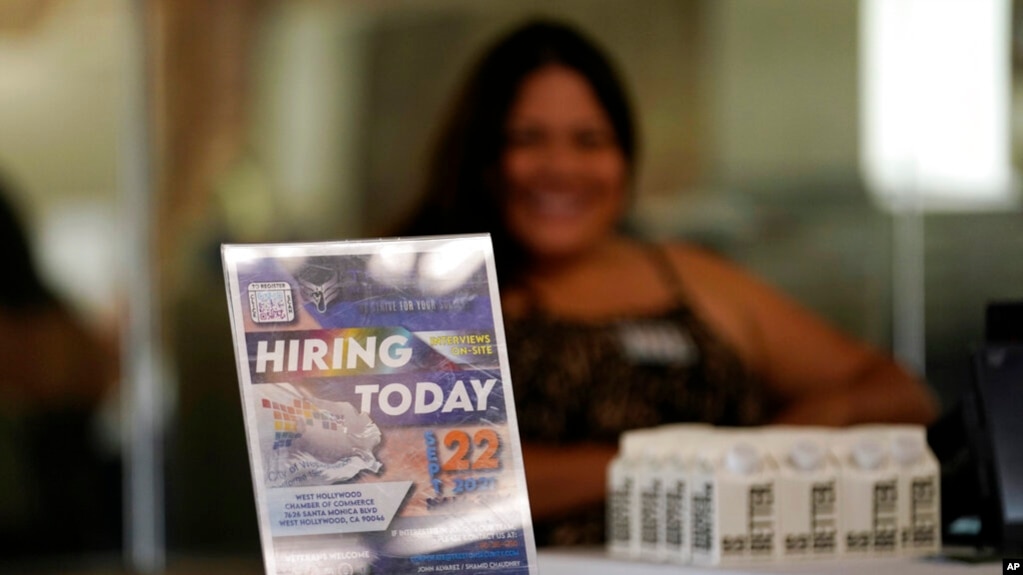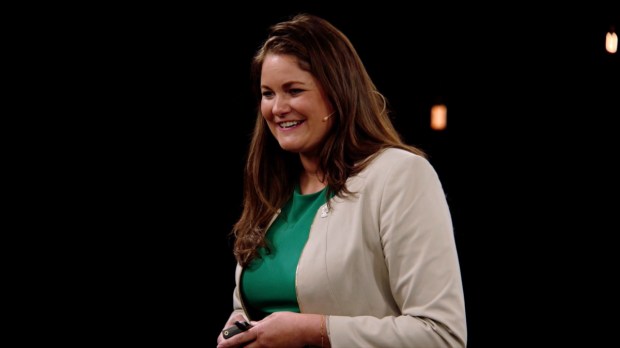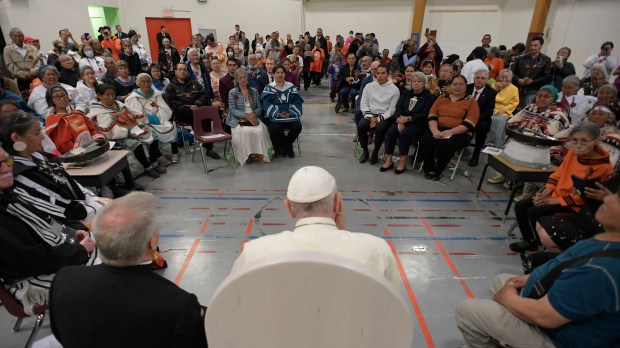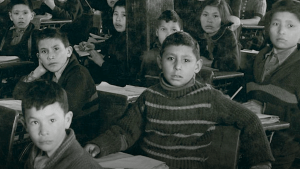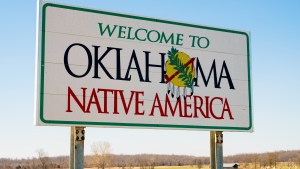
OPINION
Aug. 14, 2022
By Pamela Paul
Opinion Columnist
The top job in this country has gone from the baby boomer Barack Obama to the barely boomer Donald Trump to the throwback Joe Biden, a member of the so-called Silent Generation. At this rate, the presidency may do the natural thing and skip over Generation X entirely.
Wait, you may be asking yourself: Gen Xers are supposed to be in charge now?
It may not seem like it, but do the math: Born between the years 1965 and 1980, Gen Xers are now between the ages of 42 and 57, prime time for being the boss, whether of country, corporation or just a small sales team.
And yet after years of being outnumbered in the work force by boomers (born between 1946 and 1964), Gen Xers have already been overtaken by another, larger cohort: millennials (born between 1981 and 1996). According to a Pew analysis of U.S. Census Bureau data, Gen Xers were a majority of the U.S. work force for only a few years — a brief period of dominance ending in 2016.
If Gen Xers are the bosses now, they are the bosses only in a very Gen X way: ambivalently, fleetingly and with dubious authority.
Here’s a refresher on the measliness of Generation X: Our parents were typically members of the Silent Generation, that cohort born between 1928 and 1945 — people shaped by the Great Depression and World War II, people who didn’t get to choose what they were having for dinner and made sure their kids didn’t either. The parents of Gen X believed in spanking and borderline benign neglect, in contrast to the boisterous boomers and their deluxe offspring, the millennial horde.
Grubby Gen Xers were designated the O.G. slackers, which did not bode well for becoming the bosses of the future. It wasn’t our fault! I mean, mostly not. Reality bit for Gen X because when we started to join the work force around 1990, the economy was in a recession; the recovery that followed was sluggish.
These are broad strokes, of course, but as a former editor at the bygone magazine American Demographics, which specialized in generational generalizations, I believe there’s some truth in the truisms.
Once Gen Xers managed to land jobs, we were but lowly peons hanging by a thread, prepared to be fired because we’d worked less than 80 hours that week, because we’d failed to “perform” or simply because our boss liked to yell and one of the things he liked to yell was “You’re fired.”
But we were also a generation that specialized in sucking it up. The contemporary pop culture emblem for the Gen X manager may well be Mark S., the inadvertent and hapless leader of a tiny and testy group of employees in the TV series “Severance.” Mark, as embodied by the ur-Gen Xer Adam Scott, is simultaneously thwarted by his staff members and lorded over by the manager one rank above him, ever subject to the strict bylaws of an indifferent corporation.
Now that’s a Gen X boss.
“We Gen Xers don’t feel like we’re the boss,” Meagan Johnson, who speaks to companies like Merck and Cisco about generational differences, told me. “We’re just kind of forgotten about.”
Fittingly, by the time Gen Xers got a shot at the top job, being in charge was no longer as attractive as it used to be. Consider the two most culturally influential leadership styles for Gen X women as they ascended the ranks: Sheryl Sandberg’s demonic “leaning in” (until you topple over) and Sophia Amoruso’s odious #Girlboss approach, which had the additional drawback of coming with a hashtag. An unironic hashtag.
Naturally, both rubrics are now defunct.
The Great Resignation or Great Reshuffle or whatever we’re calling it this week may also be the worst time to be in charge. According to Microsoft’s work-trend index, 54 percent of managers say that leadership is out of touch with employee expectations, and 74 percent of managers say that they don’t have the influence or resources they need to drive change for their team. Their employees are either at home or wishing they were at home.
Or wishing they were gone. According to an October 2021 survey, 46 percent of millennials planned to leave their jobs within the year. Who can blame them? Employees say they are working harder and for longer hours than ever.
It gets worse. More than half of hybrid workers from Generation Z (born from 1997 to 2012) say they’re moving to a new location because they’re able to work remotely — possibly somewhere their bosses may never be able to reel them back from. A recent report in The Times makes clear that when it comes to recruitment and retention, Gen Z is calling the shots.
In short, Gen X bosses work for their employees, not the other way around.
It would be very Gen X to shrug at this seemingly inevitable outcome. We were probably never meant to be the boss. Baby boomers and millennials have always had a finely tuned sense of how important they are. Gen Xers are under no such illusion. Temperamentally prepared to be criticized and undermined at all times, we never entirely trusted the people in charge anyway.
Least of all ourselves.

TEHRAN (FNA)- Against the backdrop of mass shootings, foreign policy showdowns, inflation woes and a pandemic, the latest Fox News survey finds a record-high number of registered voters think life for the next generation of Americans will be worse than it is today.
A majority, 70%, says life will be worse for the next generation than it is today — up 29 percentage points from July 2020. The last time voters were close to being this negative about the future was in September 2014, when 61% said it would be worse, Fox News reported.
All of this comes as voters continue to offer pessimistic views of both the national economy and their personal finances. Eight in 10 rate national economic conditions as only fair or poor, while about six in 10 rate their personal finances negatively. On top of this, three-quarters are dissatisfied with the direction of the country — the highest negative rating in a decade.
Almost eight in 10 Republicans (76%) and independents (79%) say life will be worse for the next generation, a 40+ point increase from two summers ago.
Over half of Democrats are also more likely to think life will be more difficult (57%), up 9 points since 2020. However, they are one of the only subgroups where the belief that life will get better for younger generations is up (37% vs. 26% in 2020).
Voters under age 30 (28% better-66% worse) are just as likely as voters ages 65 and over (25-68%) to say life will be worse for the youth of America.
Overall, a quarter (25%) think life will improve for young Americans.
With midterm elections three months away, voters are split on their generic ballot preference (the Democratic candidate in their House district vs. the Republican candidate) at 41% apiece. Of the 70% saying the next generation will be worse off, those voters break for the GOP by 14 points. The 25% who say life will be better favor the Democrat by 34.
Voters say some of the gravest threats to the stability of the US are at home as well as abroad.
Sixty-four percent say it is a "major" threat to the stability of the country. Several high-profile shootings in the last three months could well lead voters to perceive gun violence as a serious concern.
China (60%) and Russia (60%) are also in the top tier of major threats.
Back at home, domestic extremist groups (55%), big government (52%) and climate change (52%) round out a second tier of perceived threats, while illegal immigration (47%) and people refusing to accept election results (46%) come in somewhat lower on the scale.
For Democrats, gun violence is easily seen as the biggest threat to Uncle Sam, with 80% saying it’s a major threat, followed by climate change at 73% and election deniers and domestic extremists at 66%.
Republicans' biggest concern is a tie between China and illegal immigration (71% each). Big government comes in third at 65%.
Just half of Democrats think China is a major threat (49%), while the opposite is true for Republicans on gun violence (51%).
With all their differences, partisans agree that Russia is a major threat (59% for Dems and 58% for Republicans).
Meanwhile, 70% are extremely or very concerned about China's military power. That’s unchanged since last year — and since House Speaker Nancy Pelosi's recent trip to Taiwan, a trip Beijing vehemently opposed.
Conducted August 6-9, 2022, under the joint direction of Beacon Research (D) and Shaw & Company Research (R), this Fox News Poll includes interviews with 1,002 registered voters nationwide who were randomly selected from a national voter file and spoke with live interviewers on both landlines and cellphones. The total sample has a margin of sampling error of plus or minus three percentage points.
